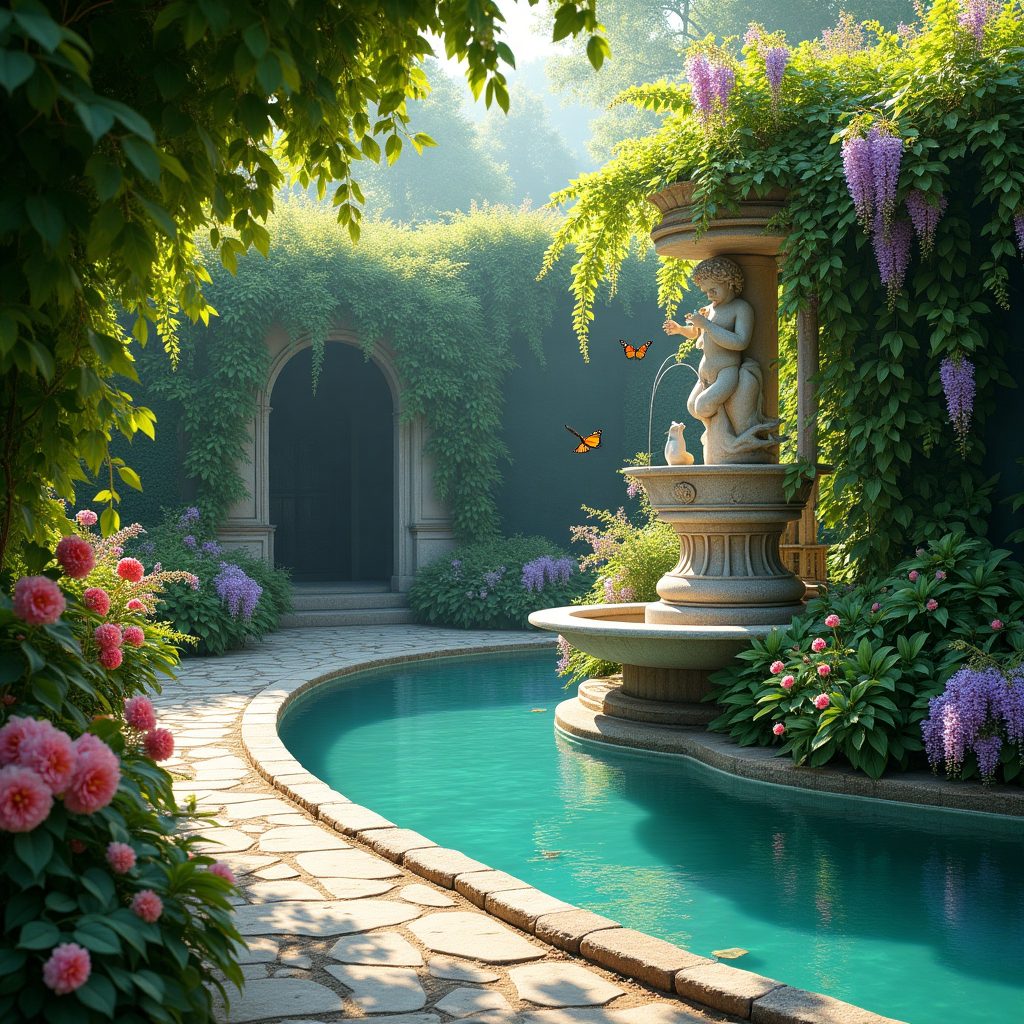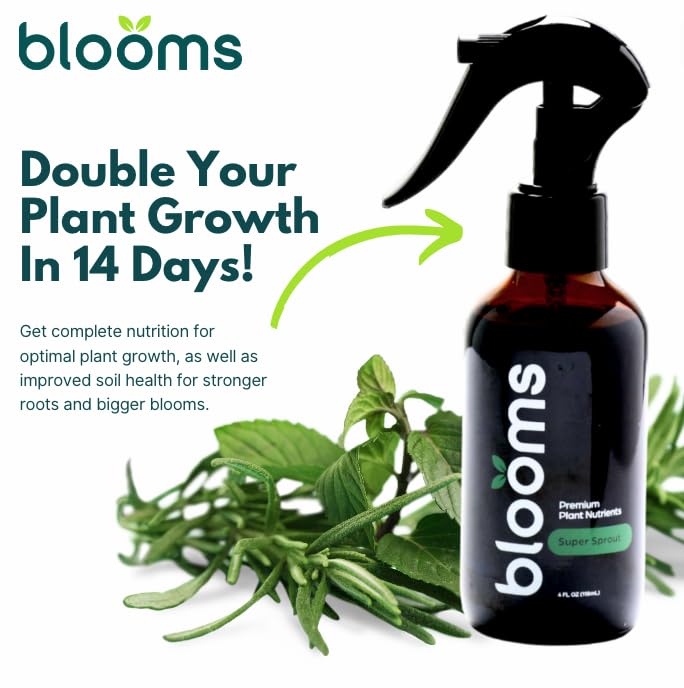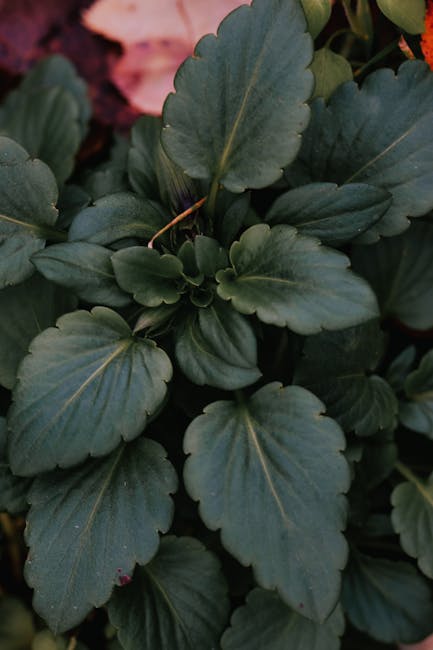When embarking on the journey of creating your garden oasis, the first step is to choose the right location. This decision is crucial, as it will dictate not only the types of plants you can grow but also how you will interact with your space. Begin by observing your yard throughout the day.
Take note of how sunlight moves across the area, identifying spots that receive full sun, partial shade, or full shade. Understanding these light patterns will help you select plants that thrive in your chosen location, ensuring a vibrant and flourishing garden. Additionally, consider the proximity of your garden to your home.
A garden that is easily accessible encourages you to spend more time in it, whether for maintenance or relaxation. Think about how you envision using this space. Do you want a tranquil retreat for meditation, or a lively area for entertaining friends?
The answers to these questions will guide you in selecting a location that aligns with your lifestyle. Furthermore, take into account any existing structures, trees, or fences that may impact your garden’s growth and aesthetic appeal. By carefully evaluating these factors, you can create a harmonious environment that enhances both your home and your well-being.
Key Takeaways
- Choose a location with the right amount of sunlight and shade for your garden oasis
- Select plants that are suitable for the climate and soil conditions in your area
- Design the layout of your garden oasis to maximize space and create a harmonious flow
- Consider adding water features such as a fountain or pond to enhance the tranquility of your garden oasis
- Incorporate hardscaping elements like pathways, patios, and retaining walls to add structure and visual interest to your garden oasis
- Create a cozy seating area with comfortable furniture and accessories for relaxation and enjoyment
- Add lighting to create ambiance and extend the use of your garden oasis into the evening
- Regularly maintain and care for your garden oasis to keep it looking beautiful and thriving
Selecting the Perfect Plants
Once you’ve established the ideal location for your garden oasis, it’s time to dive into the exciting world of plant selection. The plants you choose will not only define the visual appeal of your garden but also influence its overall atmosphere. Start by considering the climate in your area and the specific conditions of your chosen location.
Research native plants that are well-suited to your environment; these species often require less maintenance and are more resilient to local pests and diseases. As you select plants, think about incorporating a variety of textures, colors, and heights to create visual interest. Layering plants can add depth to your garden, with taller species at the back and shorter ones in front.
Additionally, consider seasonal blooms to ensure that your garden remains vibrant throughout the year. Incorporating evergreens can provide structure during the winter months when many other plants are dormant. Don’t forget to include fragrant herbs or flowering plants that attract pollinators like bees and butterflies, enhancing both the beauty and ecological value of your oasis.
Designing the Layout
With your plants selected, it’s time to focus on designing the layout of your garden oasis. A well-thought-out design can transform a simple space into a stunning retreat. Begin by sketching a rough plan of your garden area, marking where you envision placing different plants and features.
Consider creating distinct zones within your garden for various activities—perhaps a quiet corner for reading, a vibrant area for entertaining, or a dedicated space for growing vegetables. When designing the layout, think about pathways that will guide visitors through your garden. These paths can be made from natural materials like gravel or stone, providing both functionality and aesthetic appeal.
Additionally, consider incorporating curves rather than straight lines; this can create a more organic feel and encourage exploration. As you finalize your design, keep in mind the growth habits of your chosen plants—allow enough space for them to flourish without overcrowding one another. A thoughtful layout will not only enhance the beauty of your garden but also create an inviting atmosphere that beckons you to spend time outdoors.
Adding Water Features
| Water Feature | Cost | Water Usage | Maintenance |
|---|---|---|---|
| Fountain | 500 – 5,000 | Varies | Regular cleaning and pump maintenance |
| Koi Pond | 3,000 – 15,000 | Depends on pond size | Regular water testing and fish care |
| Waterfall | 1,000 – 10,000 | Varies | Regular cleaning and pump maintenance |
One of the most enchanting elements you can introduce to your garden oasis is a water feature. The sound of trickling water can create a serene ambiance, transforming your space into a peaceful retreat. There are various options to consider, from small fountains to larger ponds or streams.
When selecting a water feature, think about how it will fit into your overall design and what maintenance it may require. If you’re drawn to the idea of a pond, consider incorporating aquatic plants and fish to create a lively ecosystem. A fountain can serve as a focal point in your garden, drawing attention and providing soothing sounds.
Whichever option you choose, ensure that it complements the surrounding landscape and enhances the overall aesthetic of your oasis. Additionally, think about how lighting can be used to highlight your water feature at night, creating a magical atmosphere that invites evening relaxation.
Incorporating Hardscaping Elements
To elevate the design of your garden oasis further, consider incorporating hardscaping elements. These features provide structure and contrast to the soft textures of plants while enhancing functionality. Options include patios, walkways, retaining walls, and decorative stones.
Hardscaping not only defines spaces within your garden but also offers practical solutions for managing water drainage and soil erosion. When selecting hardscaping materials, think about how they will harmonize with the natural elements in your garden. Natural stone or brick can create a rustic feel, while concrete offers a more modern aesthetic.
Additionally, consider incorporating raised beds or planters made from wood or stone; these can add height and interest while making gardening more accessible. By thoughtfully integrating hardscaping elements into your design, you can create a balanced and visually appealing environment that complements your lush plant life.
Creating a Cozy Seating Area
Choosing the Right Furniture
Select furniture that suits your style, whether it’s rustic wooden benches, elegant wrought iron chairs, or modern lounge furniture. Consider adding cushions or throws for extra comfort and warmth.
Positioning and Adding Privacy
Position your seating area strategically within the garden to take advantage of scenic views or shade from nearby trees. You might also want to create some privacy by using trellises or tall plants as natural barriers.
Enhancing the Atmosphere
Adding small tables can provide surfaces for drinks or snacks while entertaining guests. To enhance the atmosphere further, consider incorporating decorative elements like outdoor rugs or pillows that reflect your personal style. A well-designed seating area will not only serve as a functional space but also become a cherished spot for relaxation and connection with nature.
Adding Lighting for Ambiance
As day turns to night, lighting plays a crucial role in transforming your garden oasis into an enchanting retreat. Thoughtful lighting can highlight key features while creating an inviting atmosphere for evening gatherings or quiet contemplation under the stars. Start by identifying areas that would benefit from illumination—such as pathways, seating areas, or water features—and choose lighting options that suit each space.
Solar-powered lights are an eco-friendly choice that requires minimal installation while providing soft illumination along walkways or around flower beds. String lights can add a whimsical touch when draped over trees or pergolas, creating a magical ambiance for nighttime gatherings. For more dramatic effects, consider spotlights that highlight specific plants or architectural features in your garden.
By carefully planning your lighting scheme, you can extend the enjoyment of your garden oasis well into the evening hours.
Maintaining and Caring for Your Garden Oasis
Creating a beautiful garden oasis is just the beginning; ongoing maintenance is essential to keep it thriving year-round. Regular care ensures that your plants remain healthy and vibrant while preserving the overall aesthetic of your space. Start by establishing a routine for watering, weeding, and pruning as needed.
Understanding the specific needs of each plant will help you provide appropriate care without overdoing it. In addition to routine maintenance, consider seasonal tasks such as mulching to retain moisture and suppress weeds or fertilizing to promote growth during peak seasons. Keep an eye out for pests or diseases that may threaten your plants; early detection is key to effective management.
Finally, don’t forget to enjoy the fruits of your labor! Spend time in your garden oasis regularly—whether it’s tending to plants or simply soaking in the beauty around you—to foster a deeper connection with this serene space you’ve created. By following these steps—from choosing the right location to maintaining your garden oasis—you can cultivate a personal sanctuary that reflects your style and enhances your quality of life.
Your garden will not only be a feast for the eyes but also a source of joy and tranquility for years to come.
If you’re looking to enhance your garden with vibrant flowers, check out this article for a comprehensive guide on selecting the perfect blooms for your space. Whether you’re a seasoned gardener or just starting out, these tips will help you create a stunning garden that will be the envy of your neighborhood.




